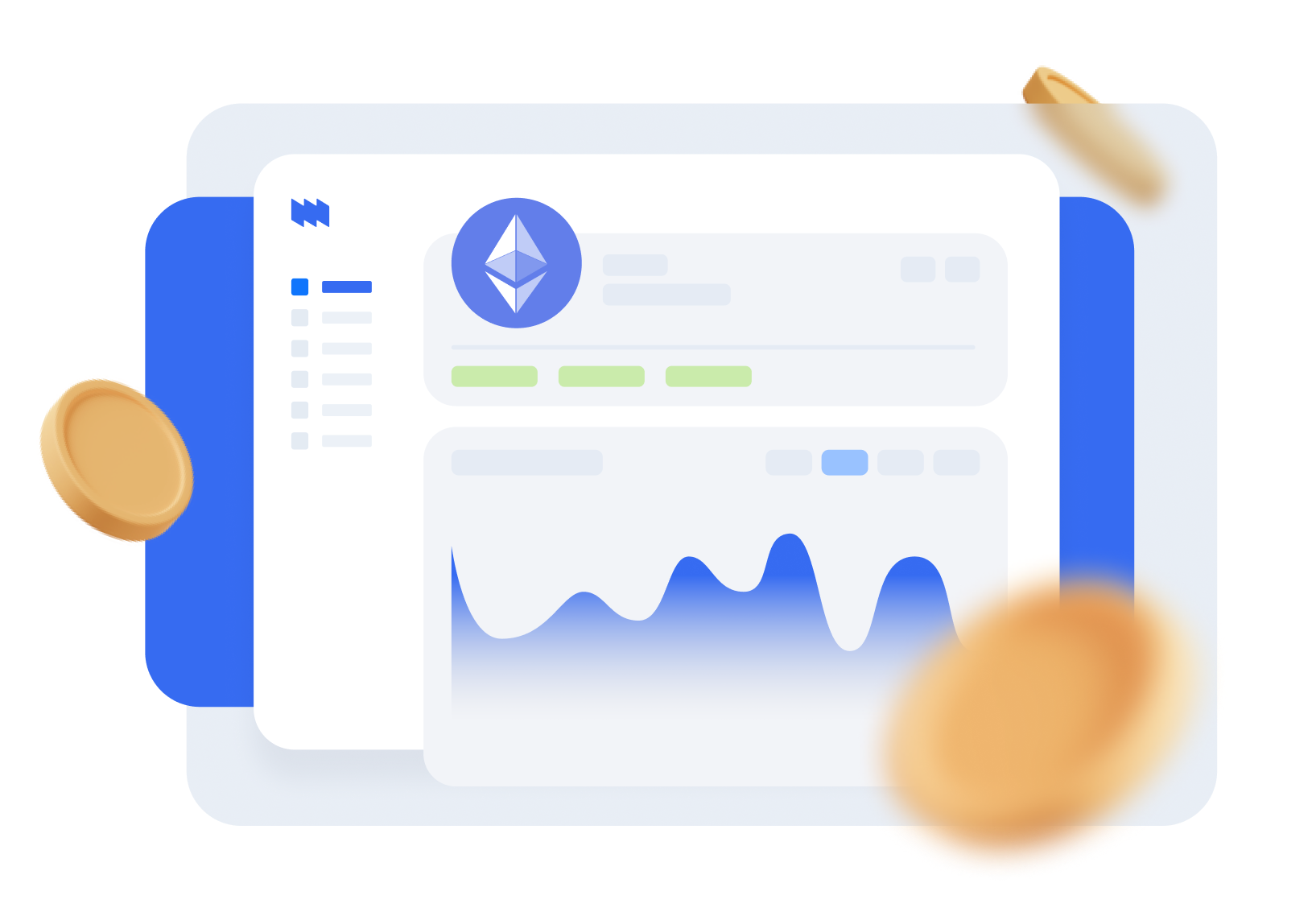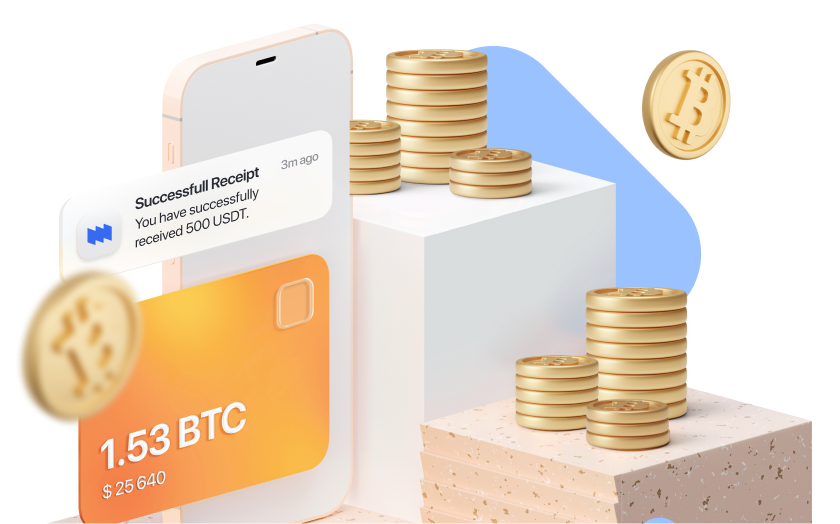Near Protocol Explained:
A Comprehensive Guide
The Notum manage your NEAR using any web3 wallet, engage in cross-chain swaps, and transition from mere holding to earning through our curated passive income strategies. Elevate your Near Protocol experience with Notum.

Loading...
Profit From Your Swaps
Exchange 500+ market pairs with no fees. Buy, sell, or swap all top cryptocurrencies at profitable pricing in seconds.
How NEAR Protocol (NEAR) Works
NEAR Protocol is a blockchain platform designed to facilitate the development of dApps and smart contracts. Launched in 2020, NEAR aims to address some of the scalability and usability challenges faced by earlier blockchain networks. It employs a unique "Nightshade" consensus mechanism which combines elements of both sharding and PoS to achieve high throughput and low latency. This approach allows NEAR to process thousands of transactions per second, making it suitable for a wide range of apps that require fast and efficient interactions on the blockchain. NEAR offers a developer-friendly environment with a Rust programming language and tools that enable efficient smart contract development. Moreover, NEAR is aiming to make blockchain applications accessible to wider audience.
The NEAR token serves as the native crypto of the NEAR Protocol ecosystem, playing a crucial role in powering various activities within the network. Launched alongside the platform in 2020, NEAR tokens operate as both a utility and governance asset. As a utility token, NEAR is used to pay for transaction fees, computational resources, and services on the NEAR blockchain. Users and developers can use NEAR tokens to interact with dApps, execute smart contracts, and participate in the network's activities. Token holders also can participate in the decision-making processes of the protocol's development and evolution, as well as propose and vote on protocol upgrades, changes to parameters, and other key decisions.
Common Crypto Assets
Our platform includes a wide range of popular crypto assets, such as Ethereum (ETH), Tether (USDT), USD Coin (USDC), Dai (DAI), and many more. With Notum, you can easily invest in cryptocurrencies and start your way of getting a crypto passive income.
Manage, buy, stake, swap, and hold your preferred assets in one place, while enjoying a user-friendly interface, robust security measures, and a blog with up-to-date articles from the world of cryptocurrency, DeFi, and blockchain.
Whether you are a seasoned investor or a beginner taking your first steps into the crypto space, the Notum platform offers the perfect environment to explore, learn, buy, and stake crypto. Join our platform today and start investing in any of the 250 assets presented on the platform!
Read More
Explore NEAR Protocol (NEAR) in Notum
Click to find out more about NEAR Protocol NEAR. This information will help you make better investment decisions and thus boost your income.
Learn More

FAQ
What Makes NEAR Unique?
The NEAR token stands out for its dual functionality as both a utility and governance asset within the NEAR Protocol ecosystem. Its role in powering transactions, smart contracts, and dApps while also granting holders a say in network decisions through decentralized governance mechanisms makes it a distinctive and versatile cryptocurrency.
What NEAR Is Used For?
The NEAR token is used to pay for transaction fees, deploy and interact with smart contracts, and access various dApps within the network. Additionally, NEAR token holders play a crucial role in the platform's governance by participating in decentralized decision-making processes, such as proposing and voting on protocol upgrades and parameter changes.
On What Blockchain Is NEAR Built?
The NEAR token is built on the NEAR Protocol blockchain, which is a decentralized blockchain platform designed to support the development of dApps and smart contracts. The NEAR Protocol blockchain is specifically engineered to provide an efficient and user-friendly environment for developers to build and deploy blockchain-based applications.